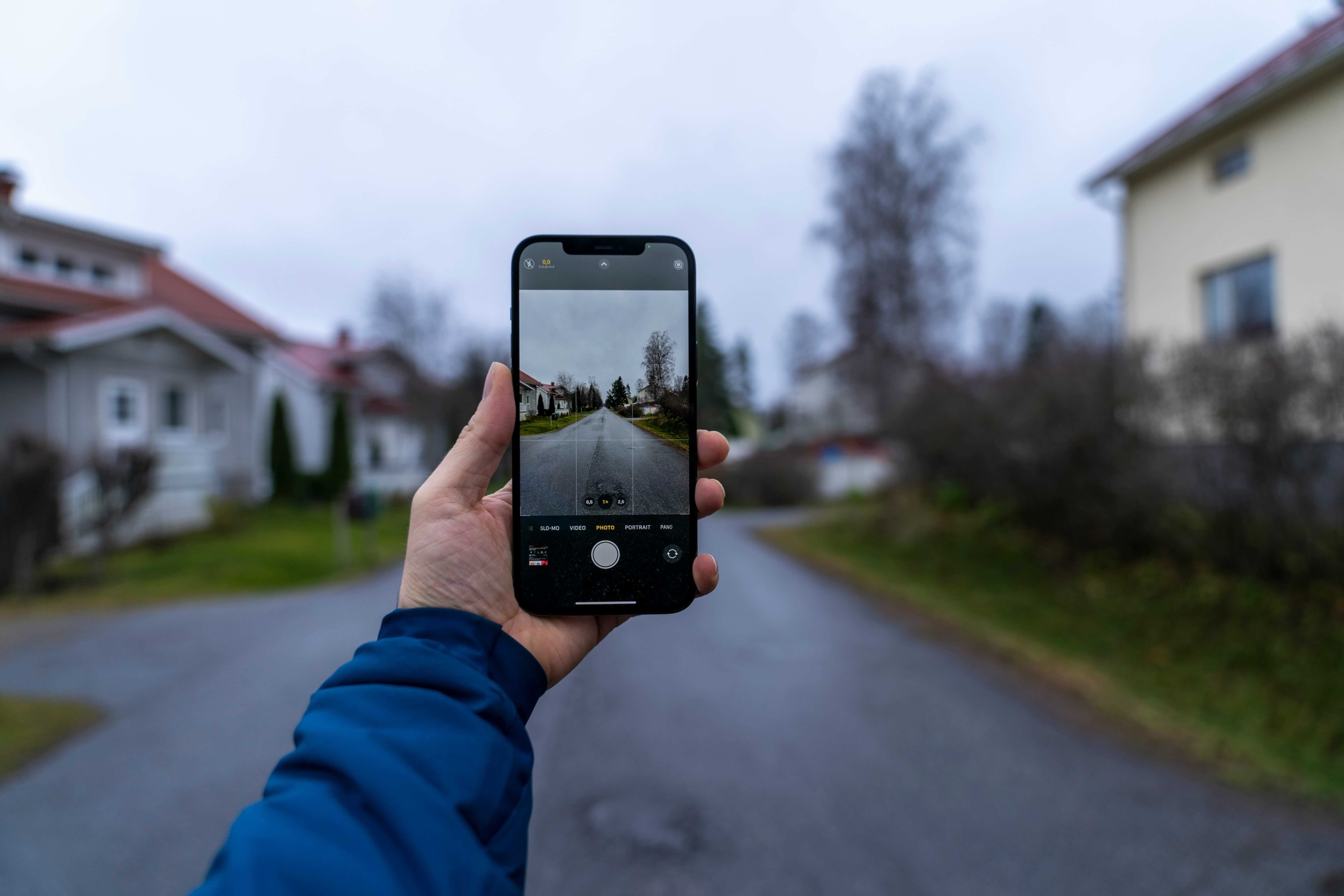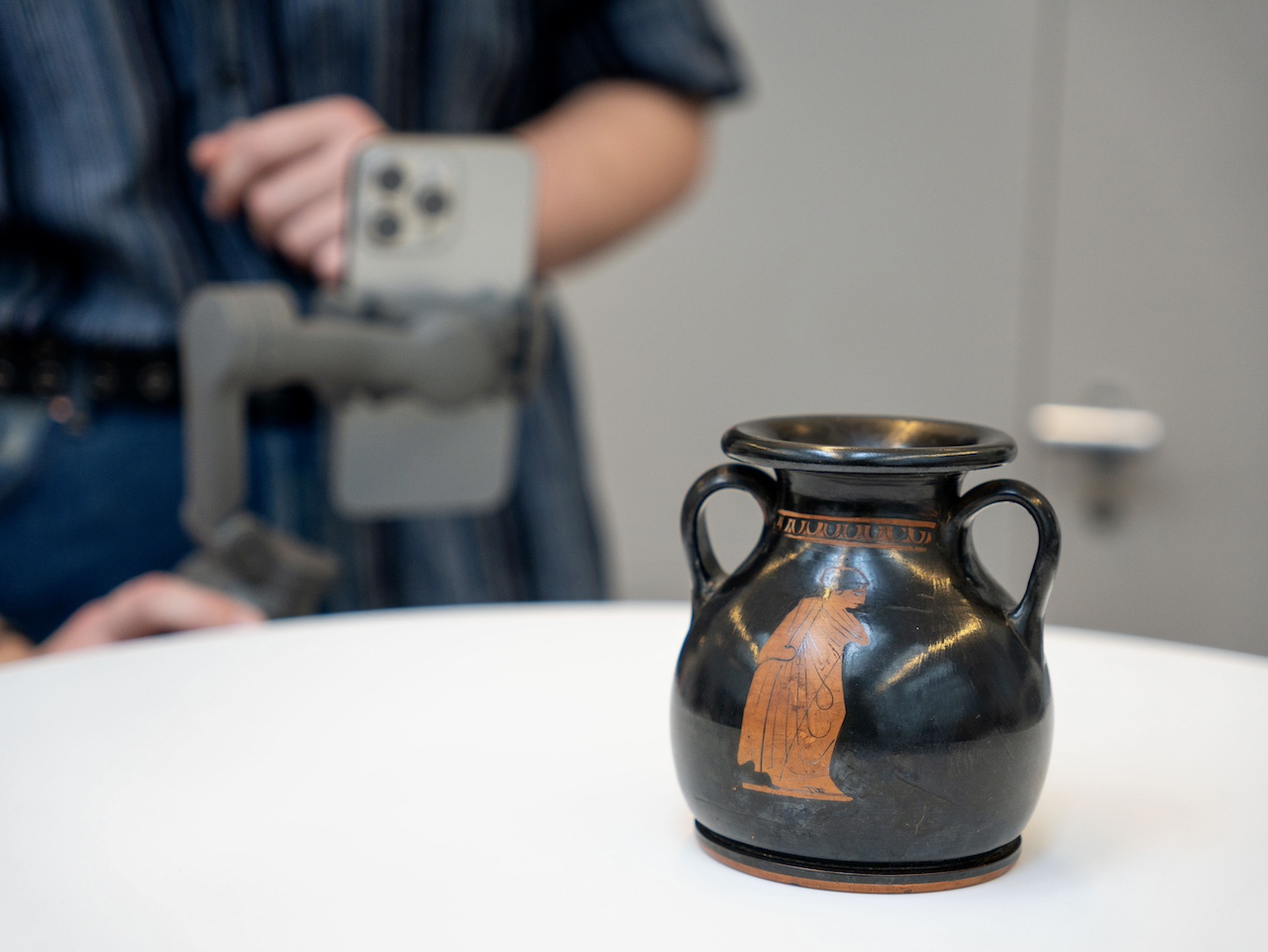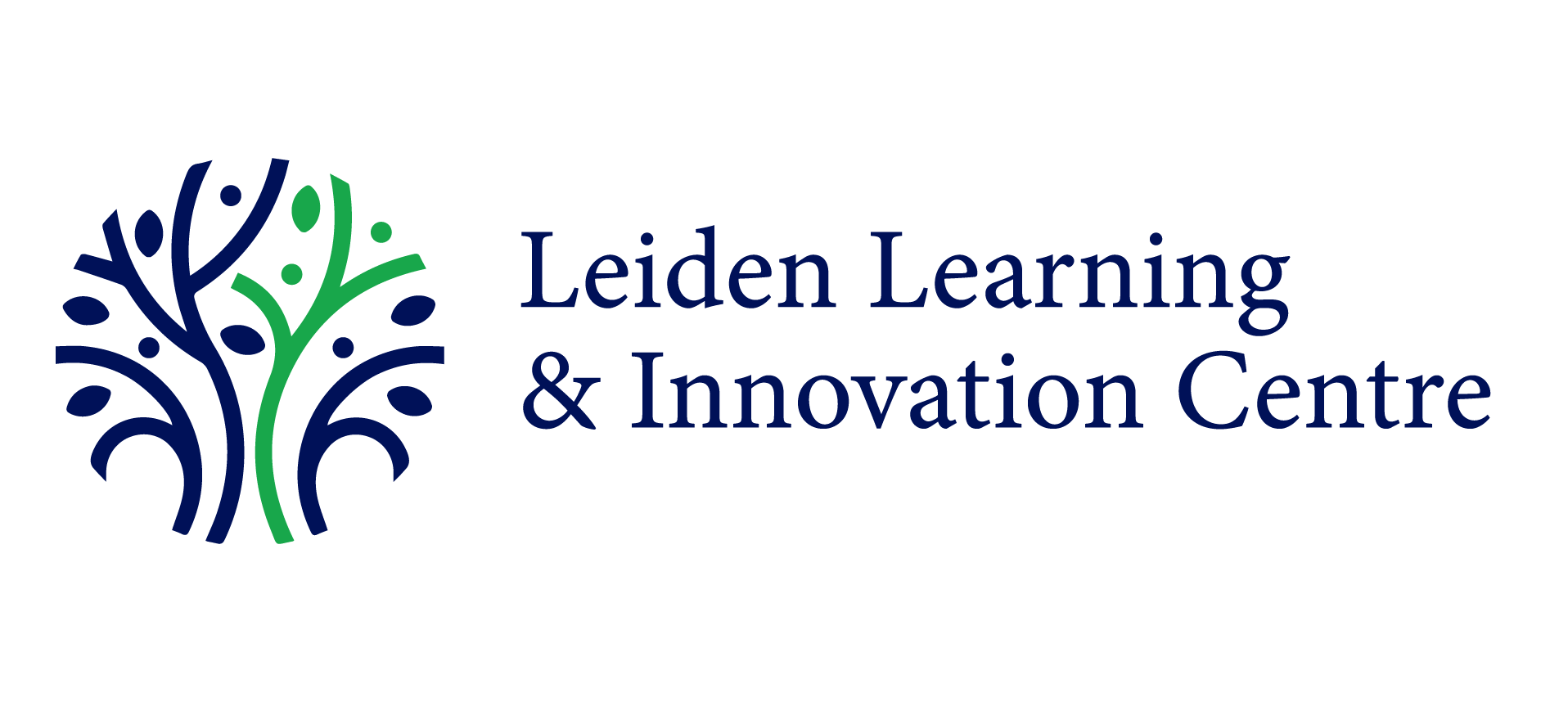Innovation Highlight: 3D Scanning in Archaeology
Within the university, we’re surrounded by a growing multitude of exciting and innovative technologies.
From the immersive experiences of Virtual Reality (VR) to the generative capabilities of Large Language Models (LLM) like ChatGPT, there seems to be no shortage of fascinating tools at our disposal nowadays. With these new technologies come new ways of interacting which are reshaping our research and learning environments.
While this offers immense opportunities for education, it likewise also requires critical reflection on their use, and their limitations.
Take the advancements of Light Detection and Ranging (LiDaR) scanning technologies within the context of archaeology. Since the early 2000’s, this recording technique, allowing operators to generate a point cloud of coordinates and image data by bouncing light rays off a surface, has become irreplaceable for archaeologists. LiDaR can be used to reproduce objects and environments in high detail, or even discover entirely new ones.
In the Americas the usage of airborne LiDaR systems has resulted in the discovery of thousands of previously unknown sites by penetrating the rainforest canopy to digitally reproduce the forest floor. Within museum collections too, LiDaR 3D scanning has provided an effective tool to increase a collection’s online accessibility, bringing it to a much broader audience through virtual spaces. The impact and applications of this technology and several related ones, are only set to increase in the near future. Many people now even have the capacity to use LiDaR scanning technology integrated on their iPhones.
 Image credit to Hendrik Morkel via Unsplash.
Image credit to Hendrik Morkel via Unsplash.Leveraging the sophisticated LiDaR scanner integrated within the iPhone Pro camera functionalities, LLInC started a collaboration with the Faculty of Archaeology to design an in-classroom learning experience on 3D scanning methodologies and practice. The resulting learning experience introduces students to the exciting possibilities of 3D scanning through a hands-on workflow in a seminar on Material Studies.
In this course, students now learn about objects in detail using both traditional and new object reproduction methods to reflect on materiality and object qualities. The choice to use iPhone as the operating device eliminates the traditional expertise barrier associated with operating complex and costly scanners, and familiarises students with the process of creating 3D assets through an intuitive application built on a newly released API by Apple.
 Image credit to Max Montfrooij.
Image credit to Max Montfrooij.Perhaps more importantly, this learning experience has allowed us to introduce students to the limits of the 3D scanning processes, the many instrumental and human factors that impact the quality and fidelity of 3D reproductions, and responsible 3D asset management. In doing so, we’re aiming to help equip archaeology students with the skills to address both the opportunities and challenges of emerging technology in an thoughtful, engaging, and innovative manner.
While this pilot is set to end in April, student interest and positive feedback is already helping us further design education for the future.
Curious to hear more about the project? Contact us via comms@llinc.leidenuniv.nl

